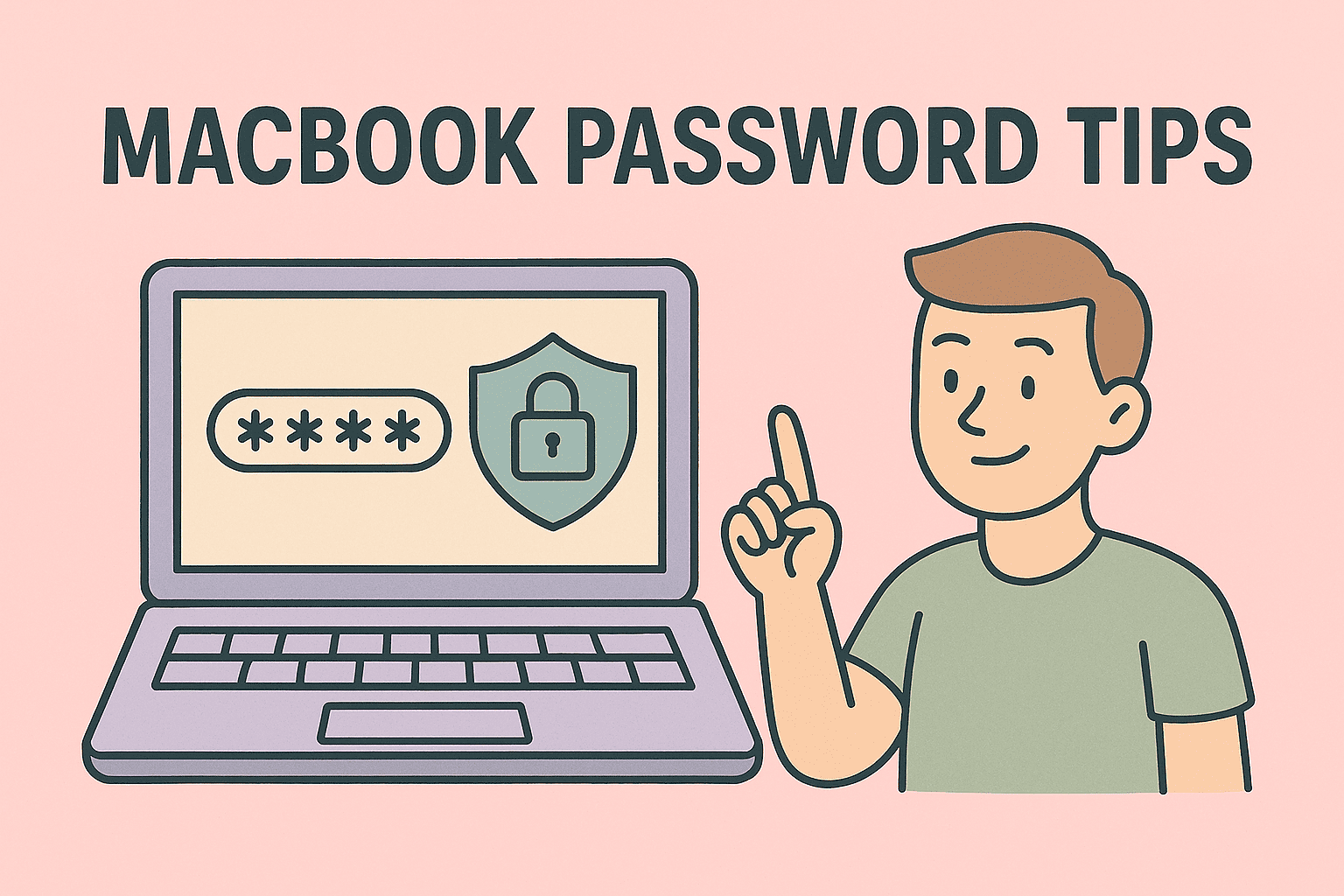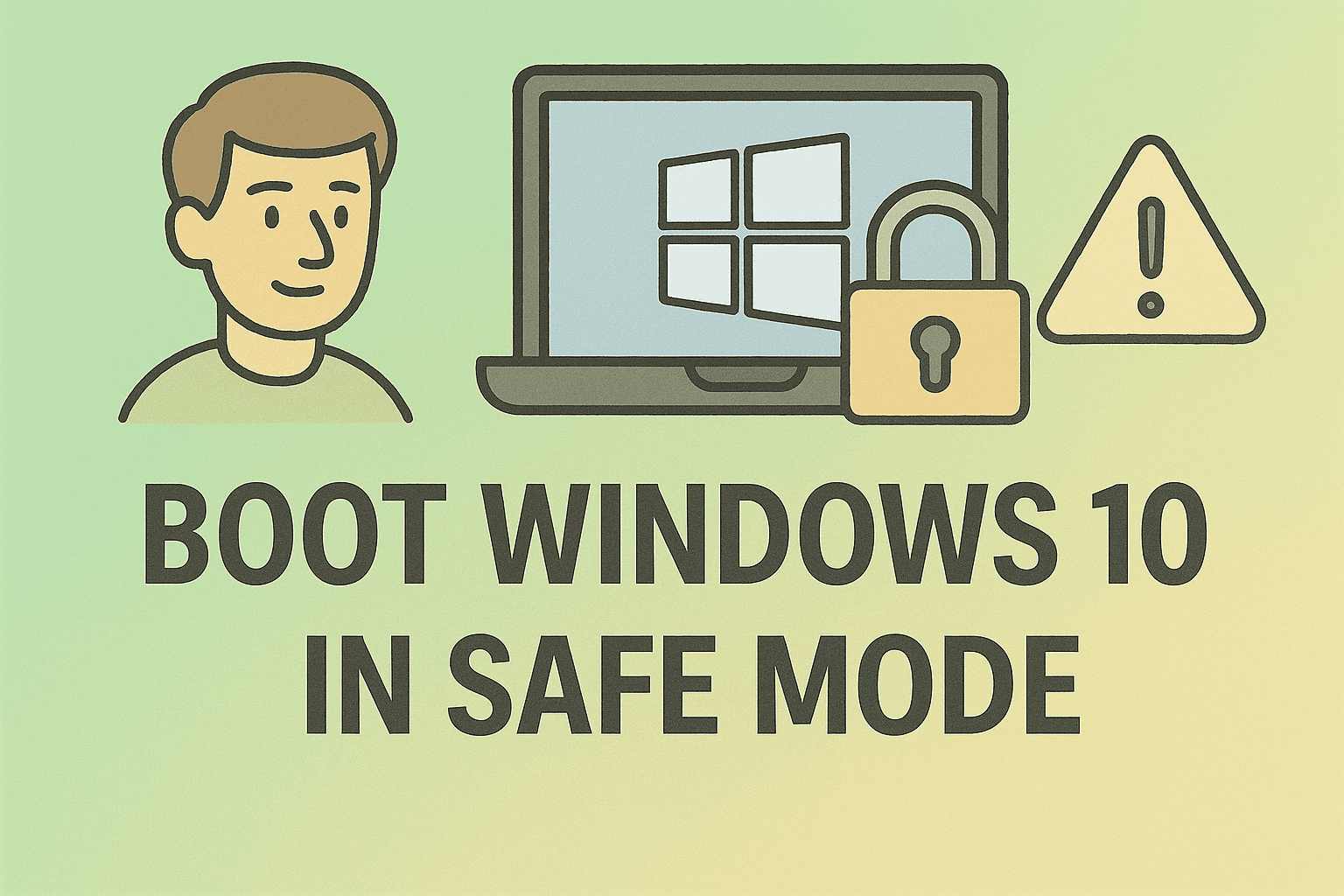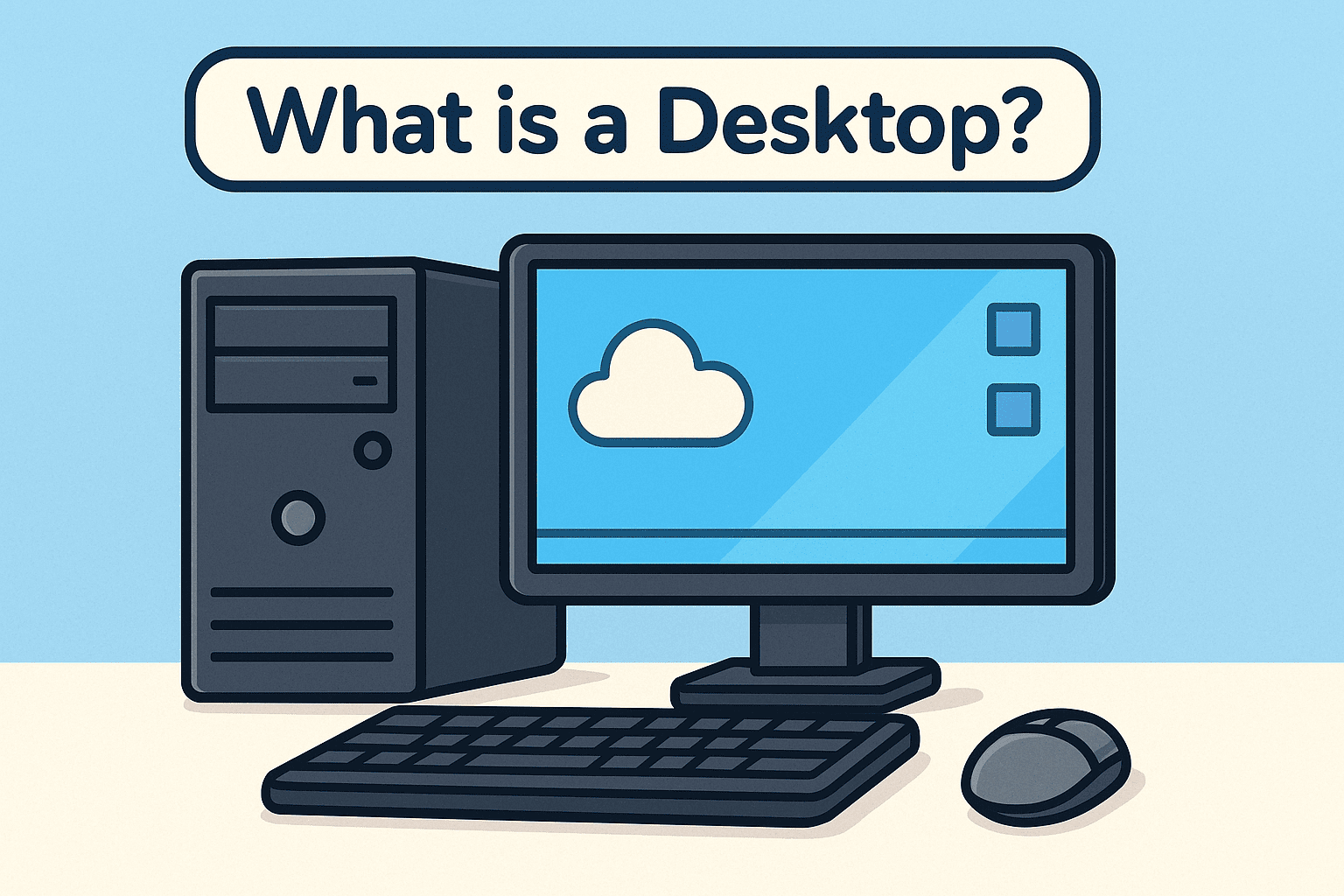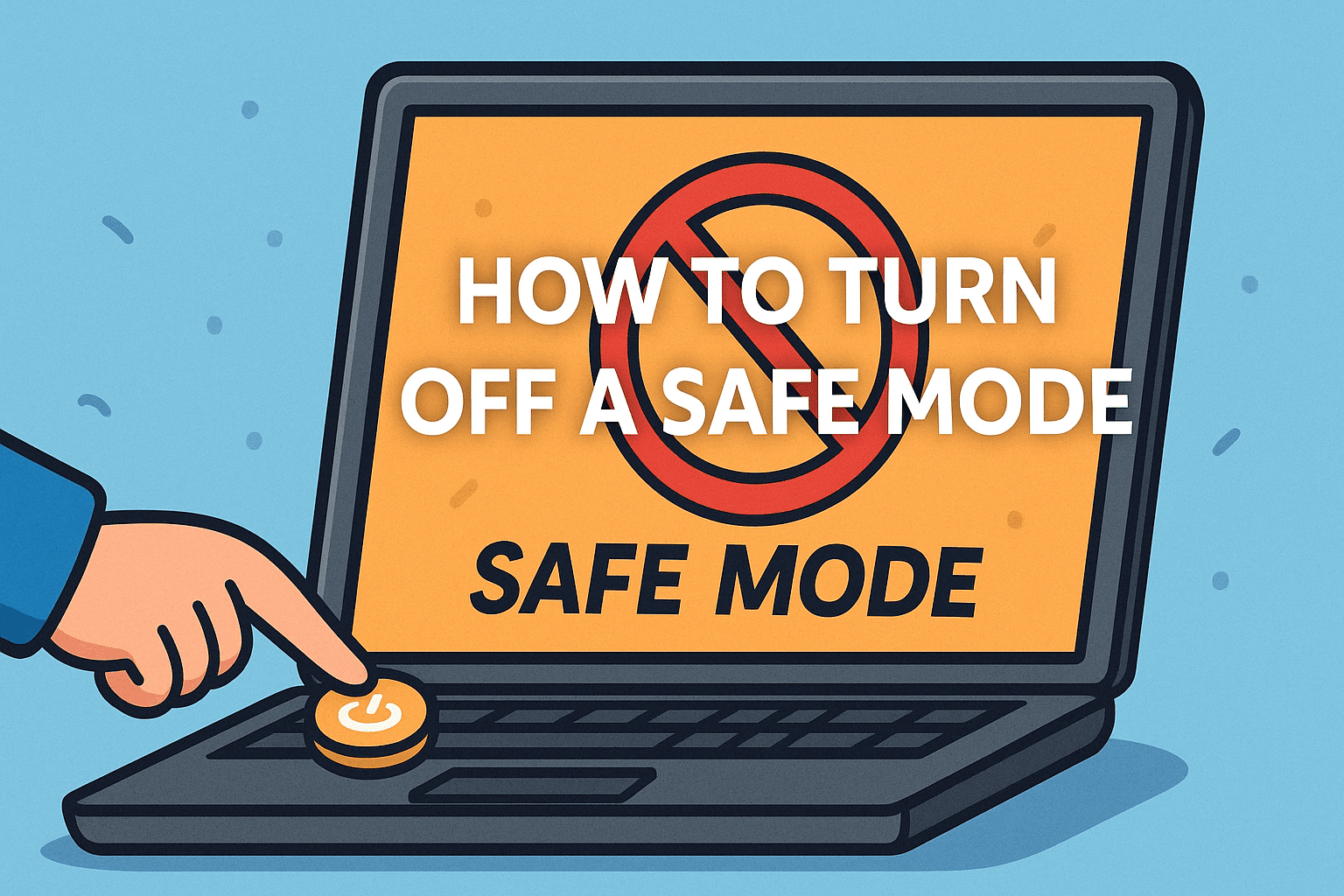Disabling Ad Blockers: Steps to Turn Off Ad Blockers Safely
Updated on September 24, 2025, by ITarian

Have you ever wondered why some web pages won’t load properly or certain videos won’t play, only to realize your ad blocker is interfering? While ad blockers improve browsing by removing intrusive ads, there are times when disabling them becomes essential. If you’re asking “how to turn off ad blocker”, you’re not alone — many IT professionals and security experts encounter this scenario during troubleshooting or when accessing critical business sites.
In this comprehensive guide, we’ll walk you through how to turn off ad blocker on major browsers, explain why and when it’s safe to do so, and provide security considerations for IT managers, cybersecurity specialists, and enterprise decision-makers.
What Is an Ad Blocker and Why Disable It?
Ad blockers are browser extensions or built-in features that filter out online advertisements. While they improve page load times and reduce clutter, they can:
- Break website functionality
- Prevent access to certain business or enterprise tools
- Block essential scripts or embedded content
Common reasons to disable ad blockers include:
- Accessing corporate or secure web portals that require ads to display licensing info
- Supporting trusted content creators or vendors
- Troubleshooting website issues during IT operations
How to Turn Off Ad Blocker in Google Chrome
Chrome is one of the most widely used browsers, and most users run popular ad-blocking extensions like AdBlock or uBlock Origin.
Steps to Disable an Ad Blocker Extension
- Open Chrome and click the three-dot menu (⋮) at the top right.
- Go to Extensions › Manage Extensions.
- Locate your ad blocker (e.g., AdBlock, uBlock Origin).
- Toggle the switch to off to disable it temporarily.
Whitelisting Specific Sites
Instead of disabling completely, you can allow ads on selected sites:
- Visit the site you want to whitelist.
- Click the ad blocker icon in the top-right toolbar.
- Select “Pause on this site” or “Don’t run on this site.”
Tip: This is safer for IT-managed environments where complete disabling is risky.
How to Turn Off Ad Blocker in Mozilla Firefox
Firefox also supports several ad-blocking extensions and offers built-in tracking protection.
Disable an Ad Blocker Extension
- Click the hamburger menu (☰).
- Go to Add-ons and themes › Extensions.
- Find the ad blocker.
- Click the toggle to disable it.
Turn Off Enhanced Tracking Protection
- Open the site you want to allow ads on.
- Click the shield icon near the address bar.
- Toggle off Enhanced Tracking Protection for that site.
This lets the page load all its scripts, including ads, without fully removing your ad blocker from other sites.
How to Turn Off Ad Blocker in Microsoft Edge
Microsoft Edge is popular in enterprise environments. Like Chrome, it uses Chromium architecture.
Disabling Extensions
- Click the three-dot menu (⋮).
- Go to Extensions › Manage Extensions.
- Locate your ad blocker and toggle it off.
Adjusting Tracking Prevention
- Open Settings › Privacy, search, and services.
- Under Tracking prevention, lower it from Strict to Balanced or Basic.
This lets more ad content through while maintaining general security protections.
How to Turn Off Ad Blocker in Safari (Mac)
Safari has built-in content blockers and supports third-party extensions.
Disable Content Blockers
- Open Safari › Preferences › Extensions.
- Uncheck your ad blocker extension.
For Specific Websites
- Go to the site.
- In the menu, click Safari › Settings for This Website.
- Disable “Enable content blockers”.
Safari’s granular controls are ideal if you want to selectively disable ad blocking for trusted business domains.
Security Considerations When Disabling Ad Blockers
While disabling ad blockers may be necessary, it’s crucial to mitigate risks:
- Enable endpoint security: Ensure all systems have active antivirus/EDR to detect malvertising attacks.
- Limit exposure time: Only disable blockers when absolutely required, and re-enable them after use.
- Use site whitelisting: Safer than fully disabling, especially in managed IT environments.
- Educate staff: Provide training on recognizing phishing or ad-based malware risks.
For IT leaders, implementing policy-based control over browser extensions via Group Policy or MDM (Mobile Device Management) can help enforce safe use of ad blockers.
Troubleshooting: Ad Blocker Not Turning Off
Sometimes users find their ad blockers remain active even after disabling them. Try these:
- Restart the browser completely.
- Clear browser cache and cookies.
- Ensure you don’t have multiple ad blockers running at once.
- Check enterprise security software (some security tools act as network-level ad blockers).
Advantages of Temporarily Disabling Ad Blockers
When managed safely, turning off ad blockers can:
- Improve access to secure business portals
- Enable full functionality of SaaS tools
- Support internal training content or e-learning platforms that rely on embedded ad networks
- Aid in accurate website diagnostics for IT teams
FAQs About Turning Off Ad Blockers
1. Is it safe to turn off ad blockers?
Yes, as long as you only disable them on trusted websites and re-enable them after use. Always keep endpoint protection active.
2. Can I disable ad blockers only on specific websites?
Absolutely. All major ad blockers allow whitelisting or “pause on this site” options to keep protection active elsewhere.
3. Will disabling ad blockers affect my browser performance?
You may notice slightly slower loading times and more clutter, but this is usually minimal if only done temporarily.
4. Do companies allow disabling ad blockers on corporate devices?
Most IT teams prefer site-specific disabling. Check your company’s security policy or consult your IT administrator.
5. How can IT admins control ad blocker usage company-wide?
Admins can manage extension permissions through Group Policy (Windows) or MDM solutions like Intune or Jamf for macOS.
Final Thoughts
Knowing how to turn off ad blocker is essential for IT managers, security professionals, and everyday users when troubleshooting or accessing crucial resources. The key is to disable it strategically and safely — ideally using site-specific whitelisting rather than full deactivation. This approach maintains security while allowing critical business operations to continue seamlessly.
Take Control of Your Device Security
Ensure your devices stay protected while managing browser extensions effectively.
Sign up for Itarian’s advanced security solutions today and safeguard your enterprise endpoints with powerful, centralized protection.















